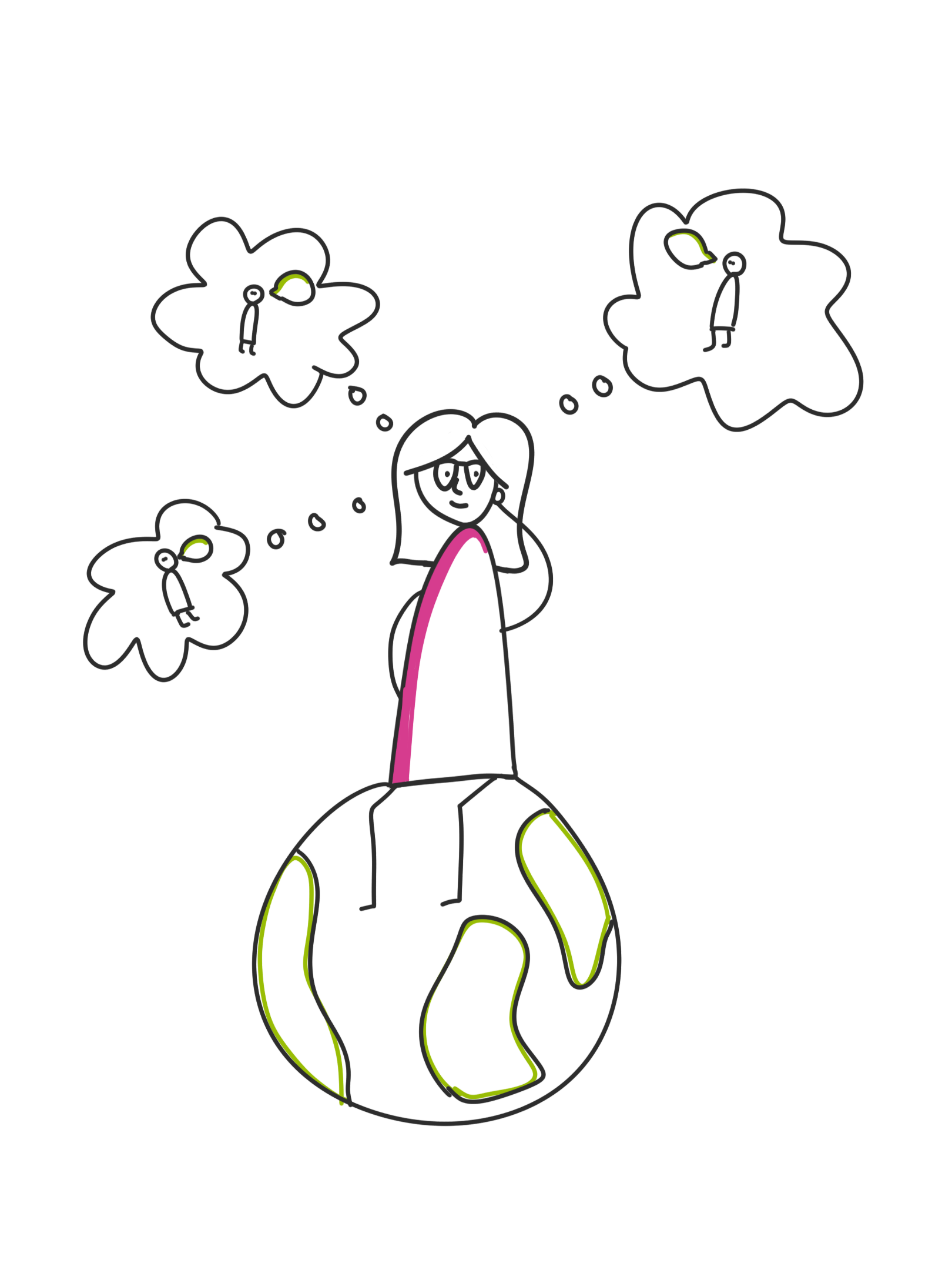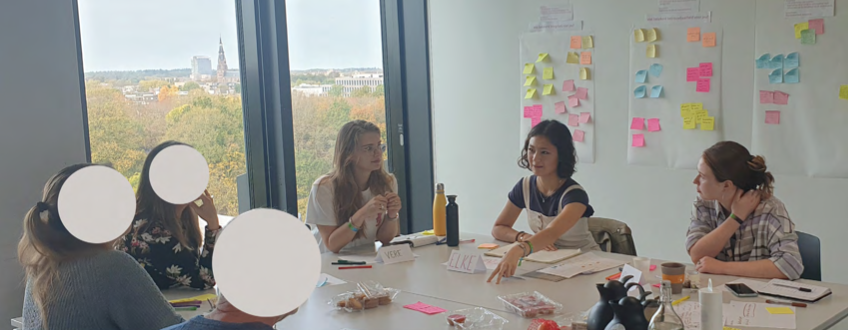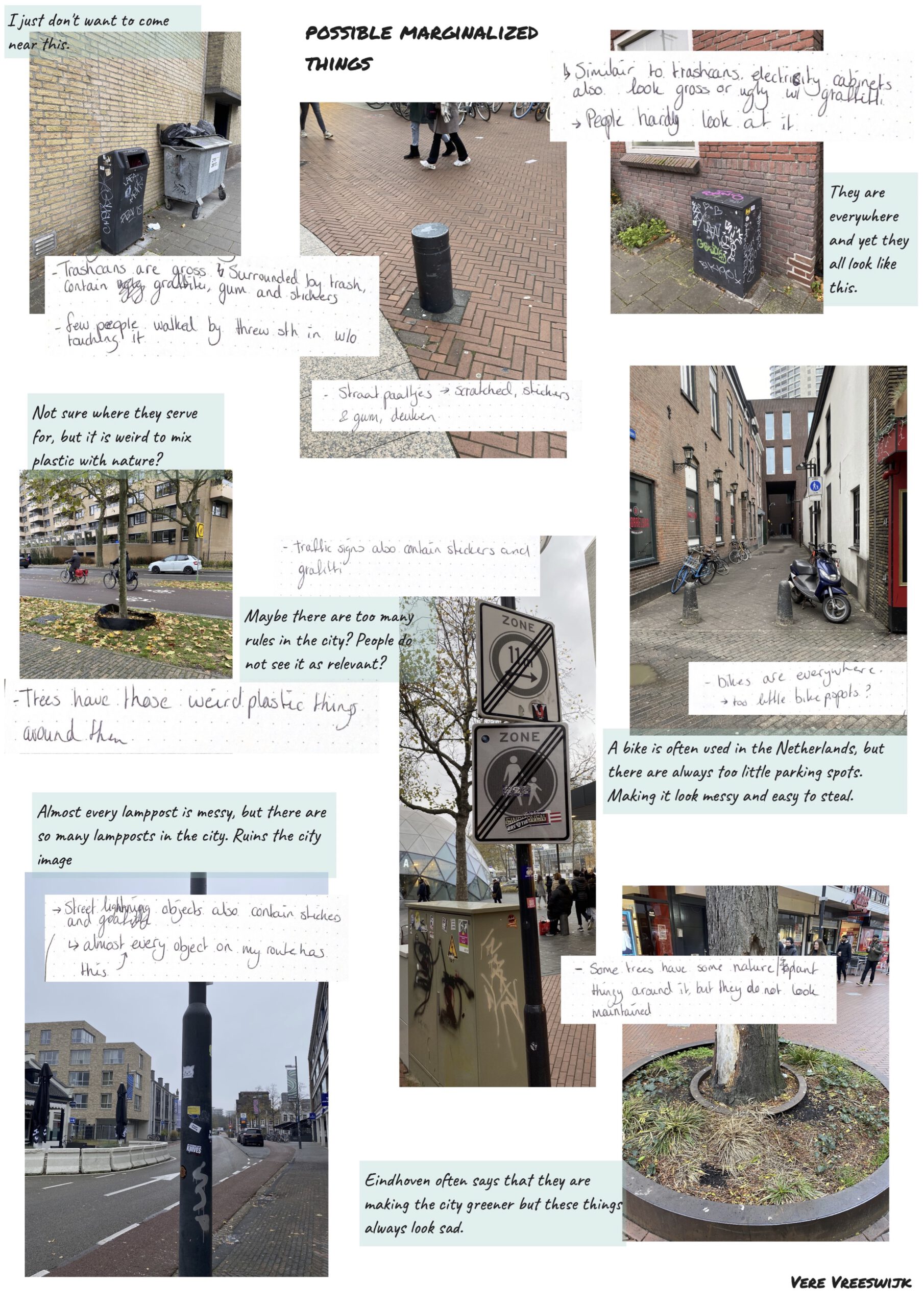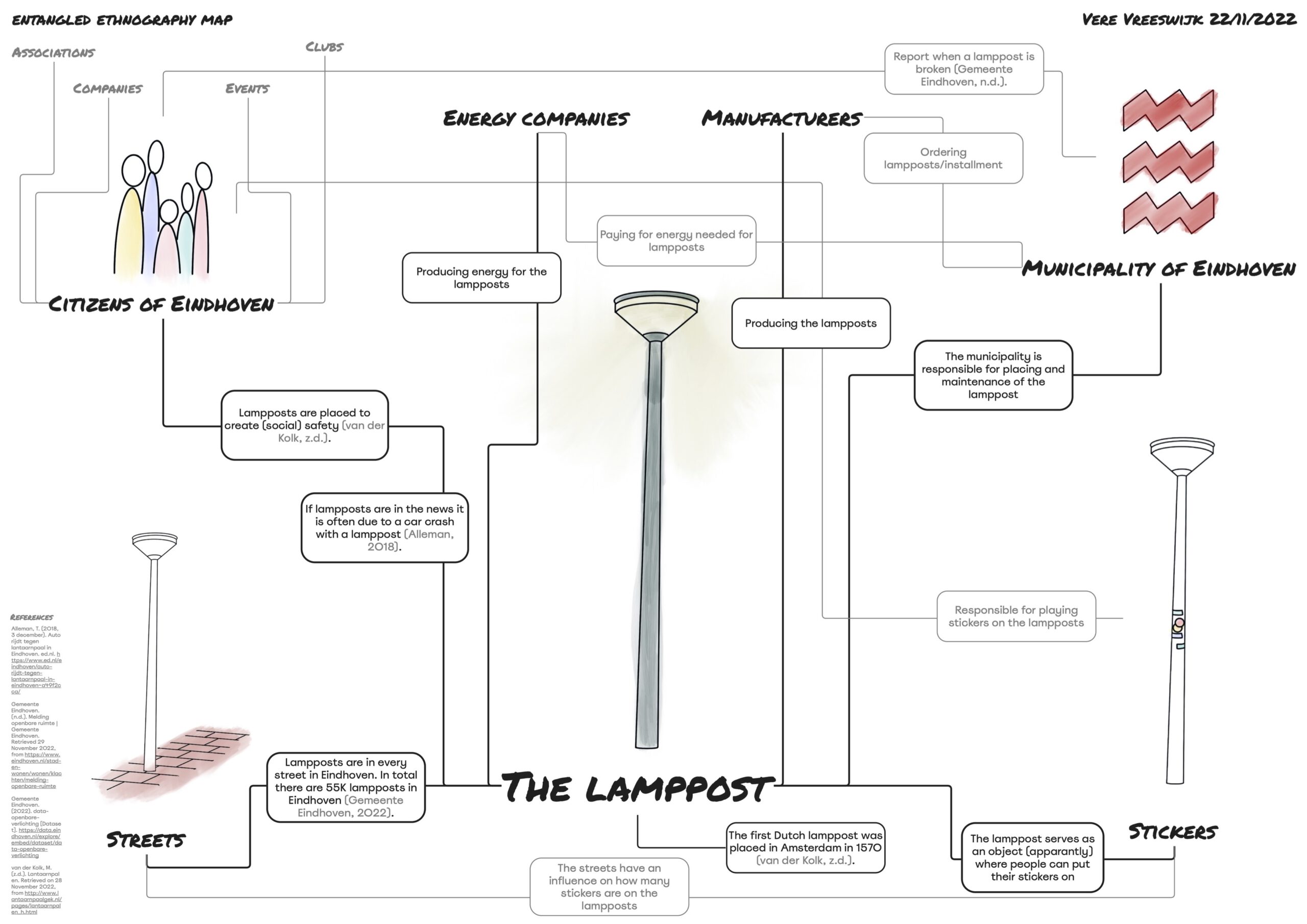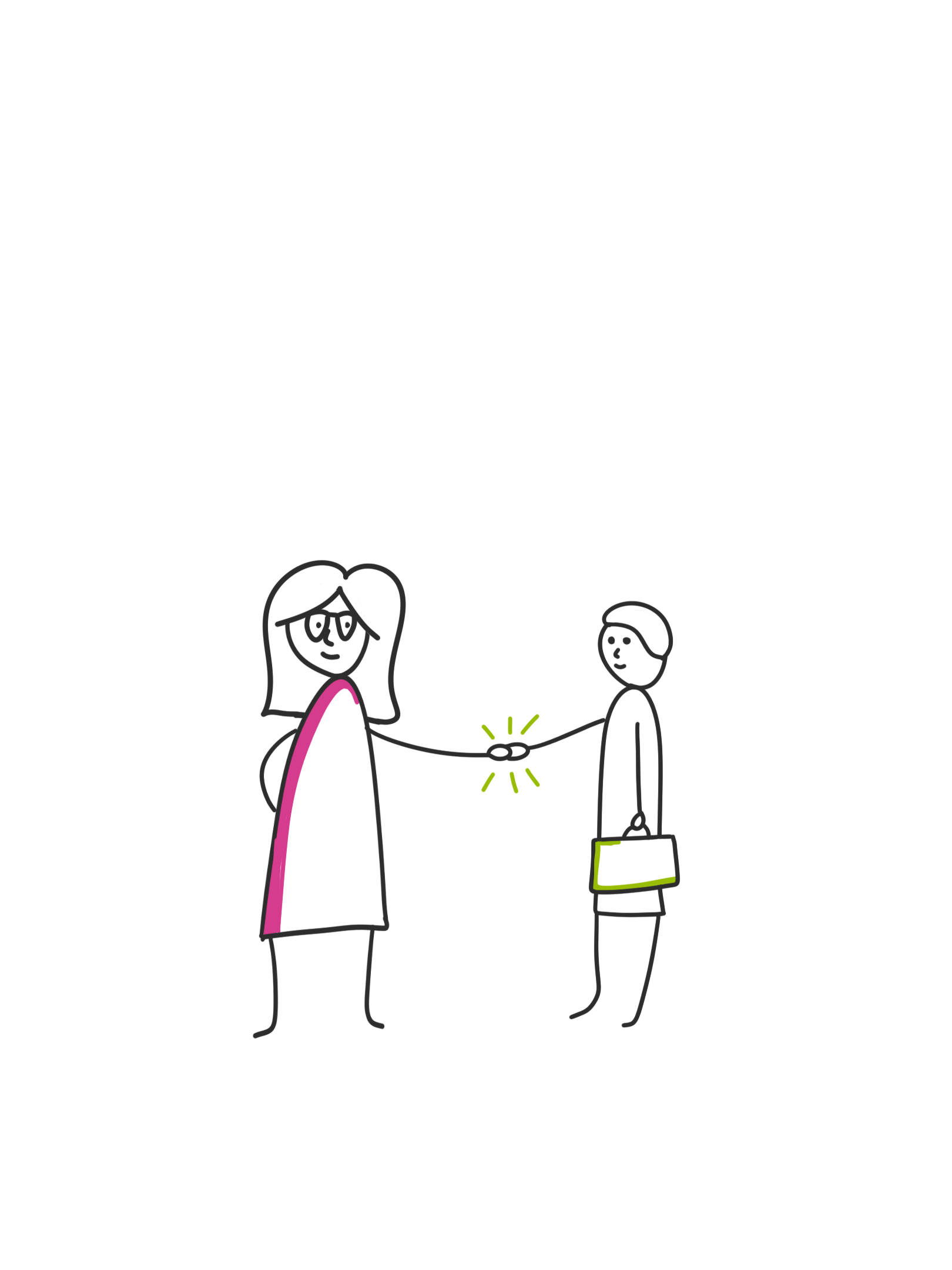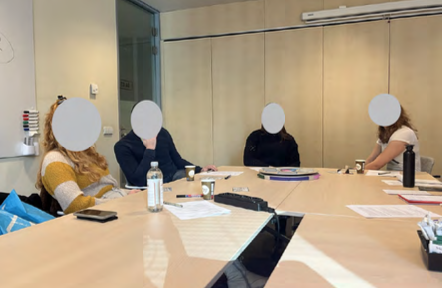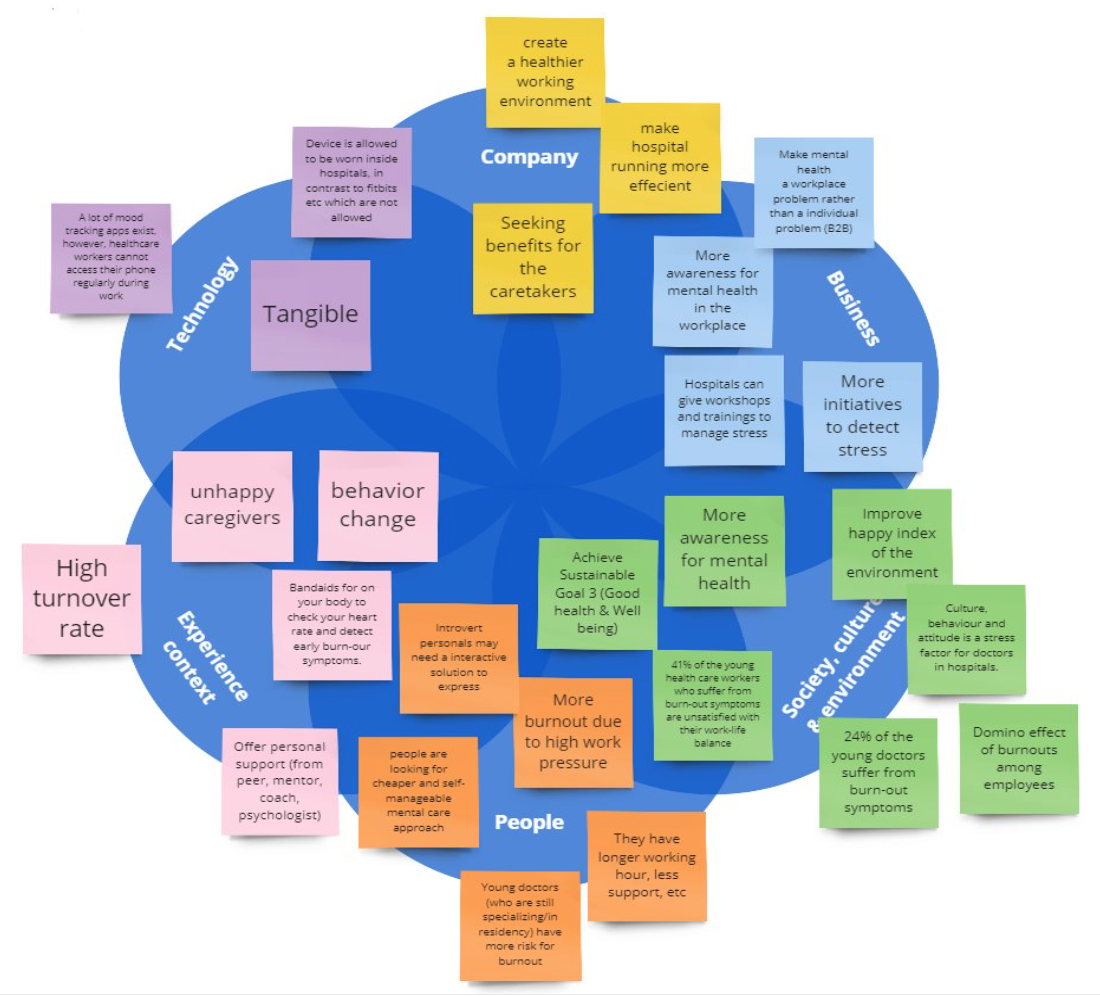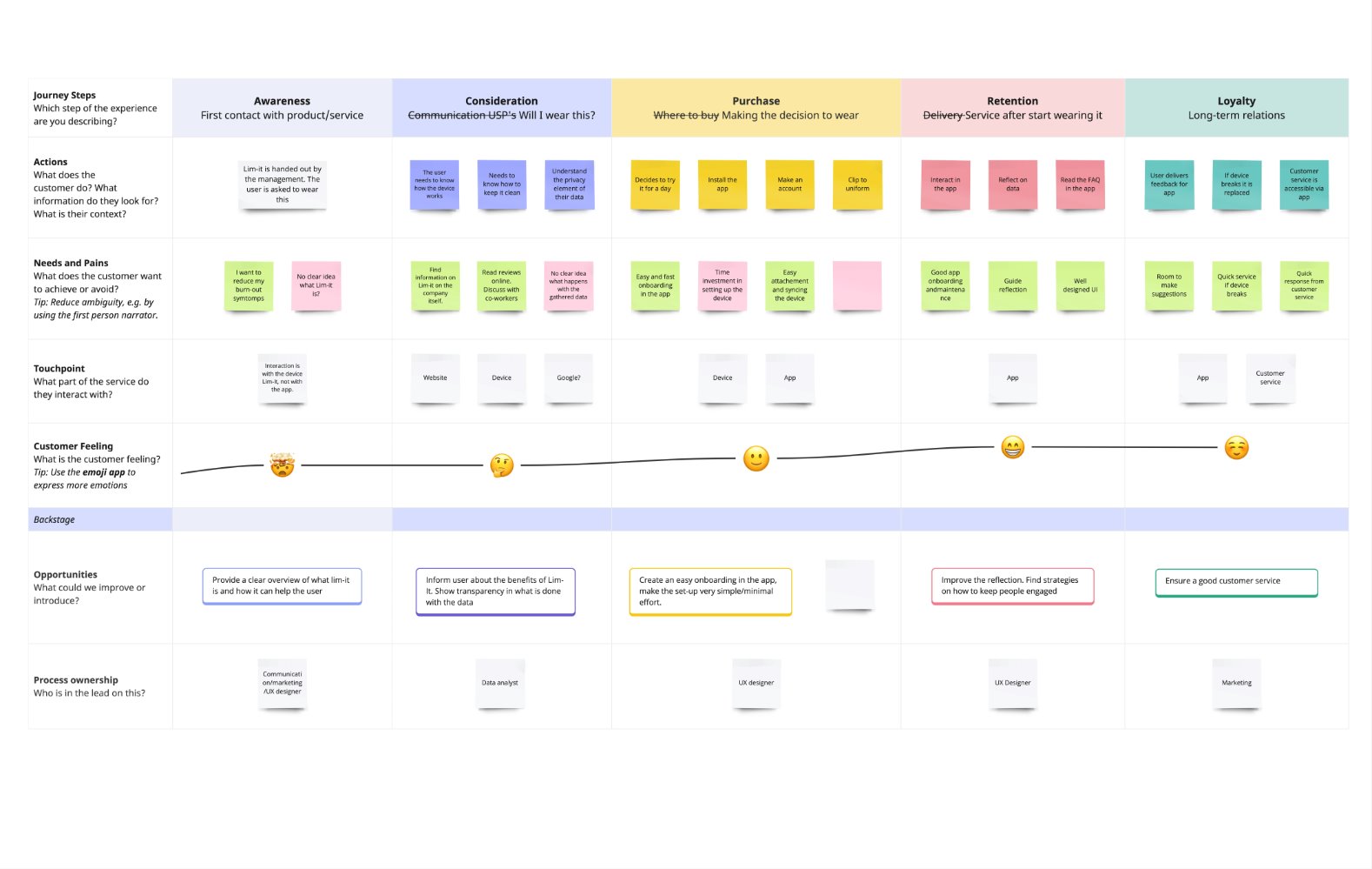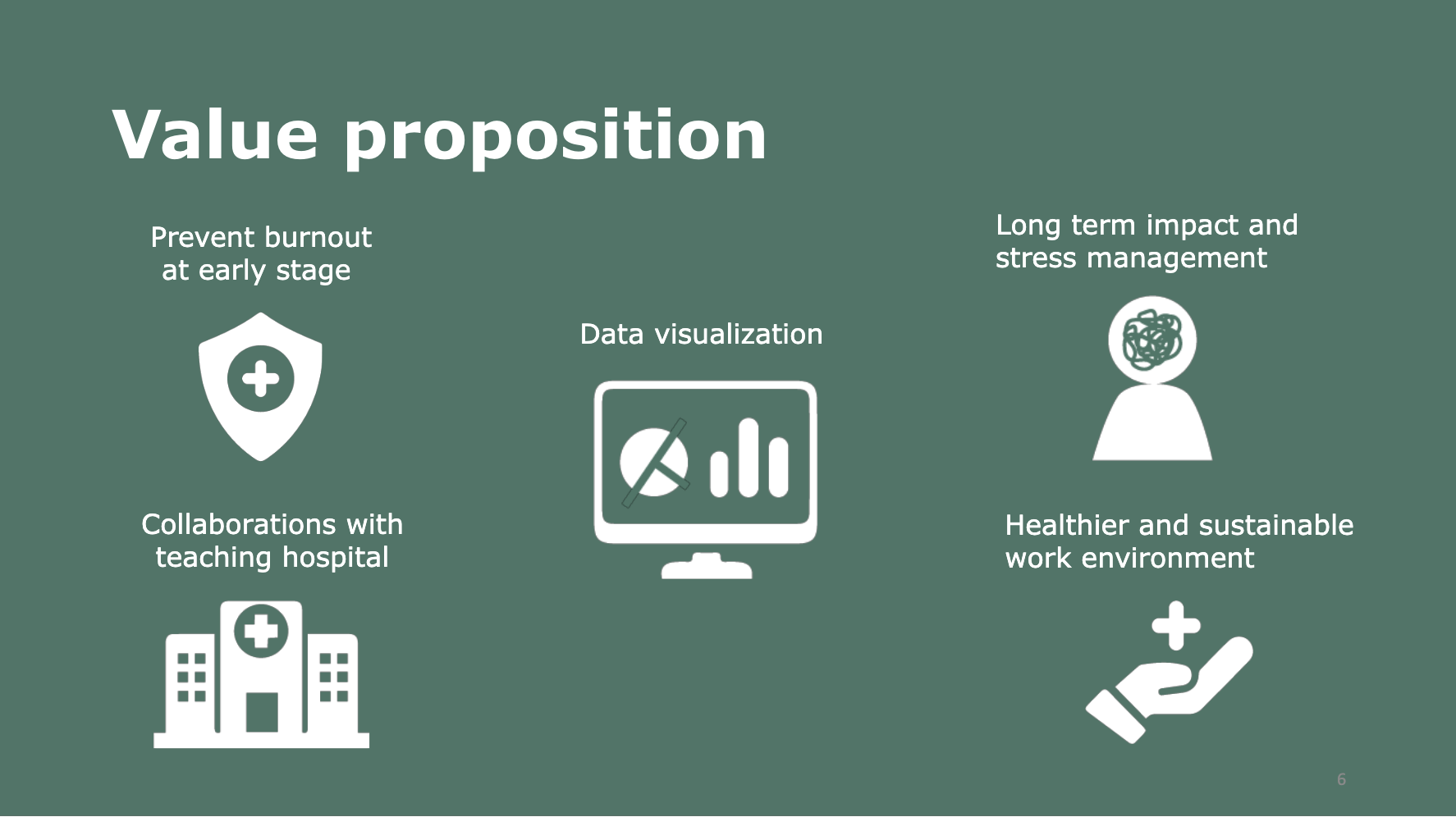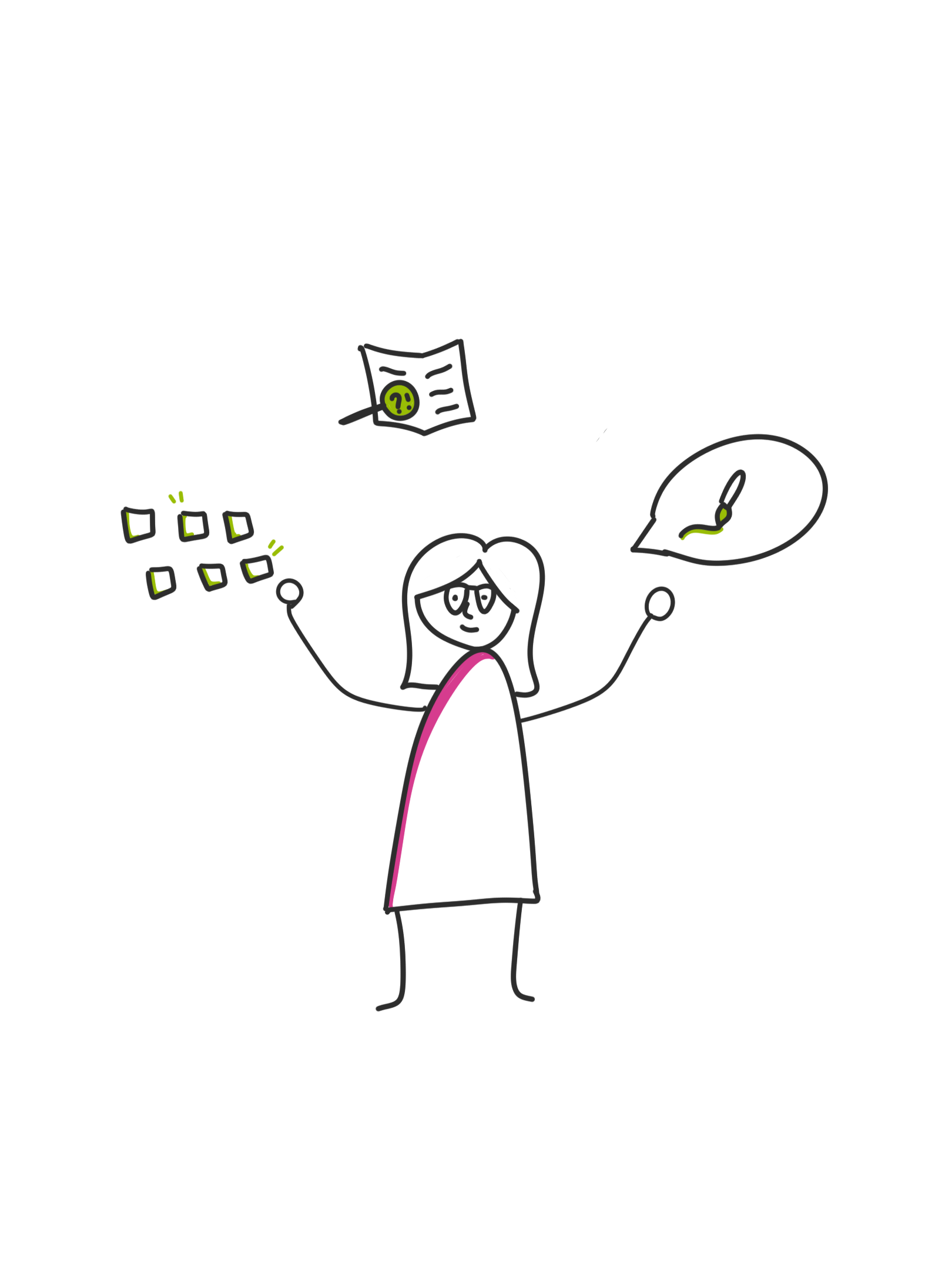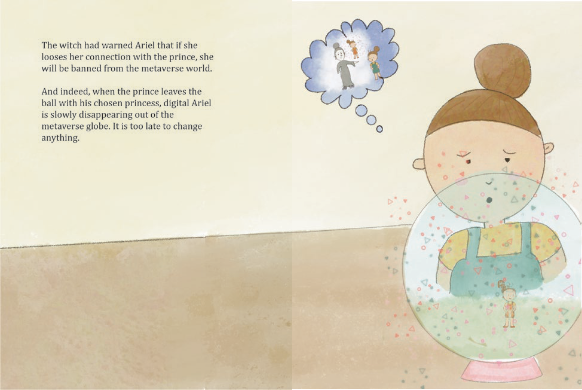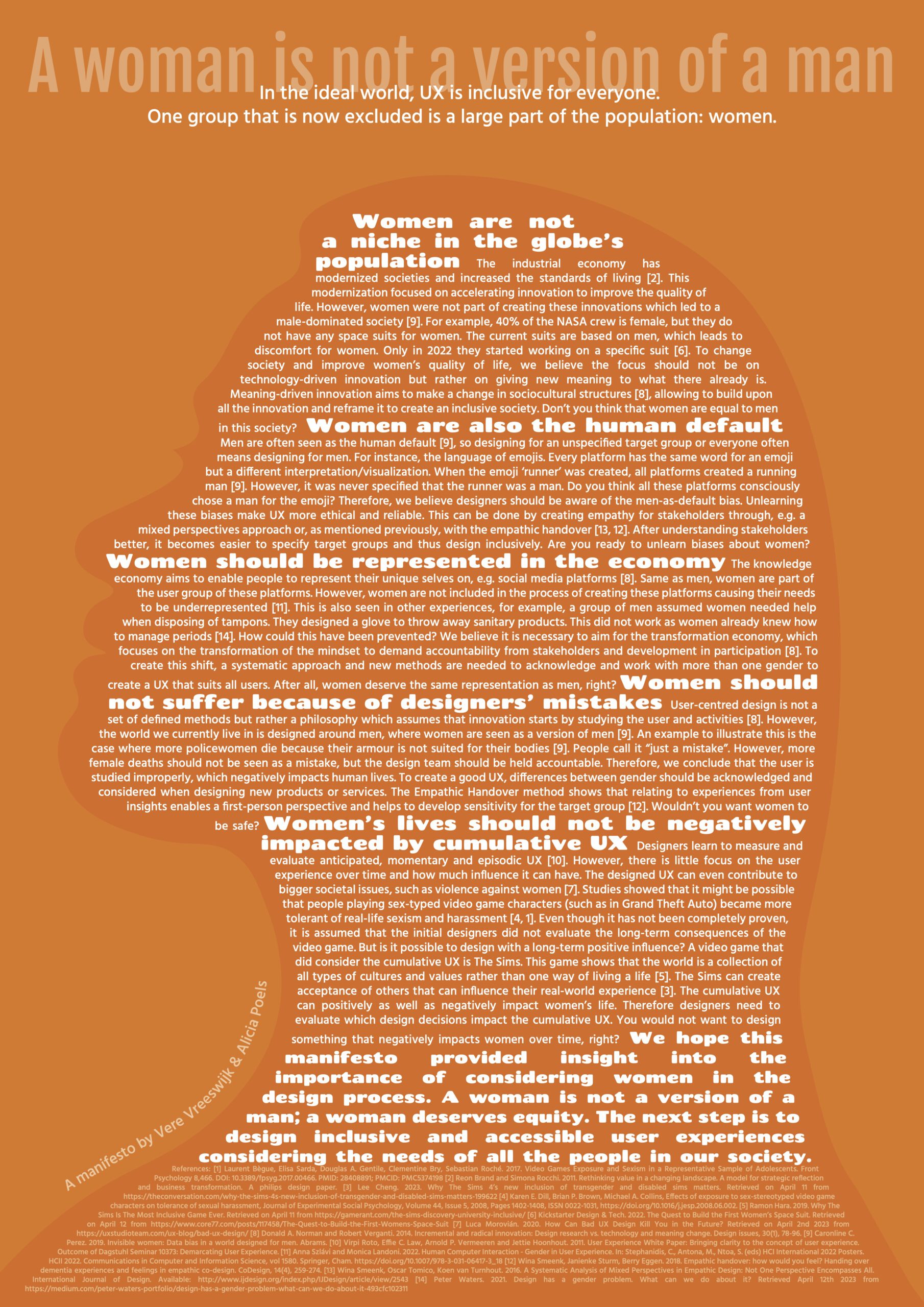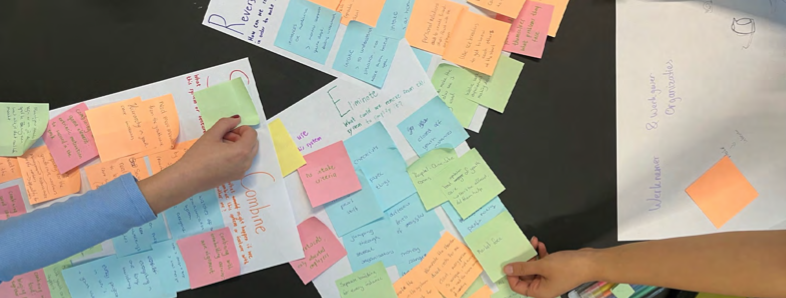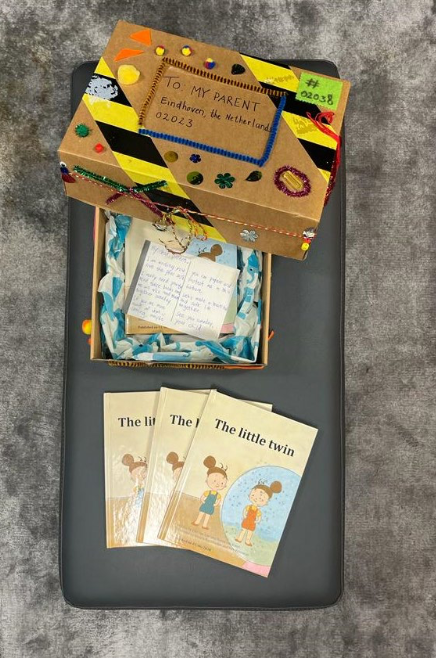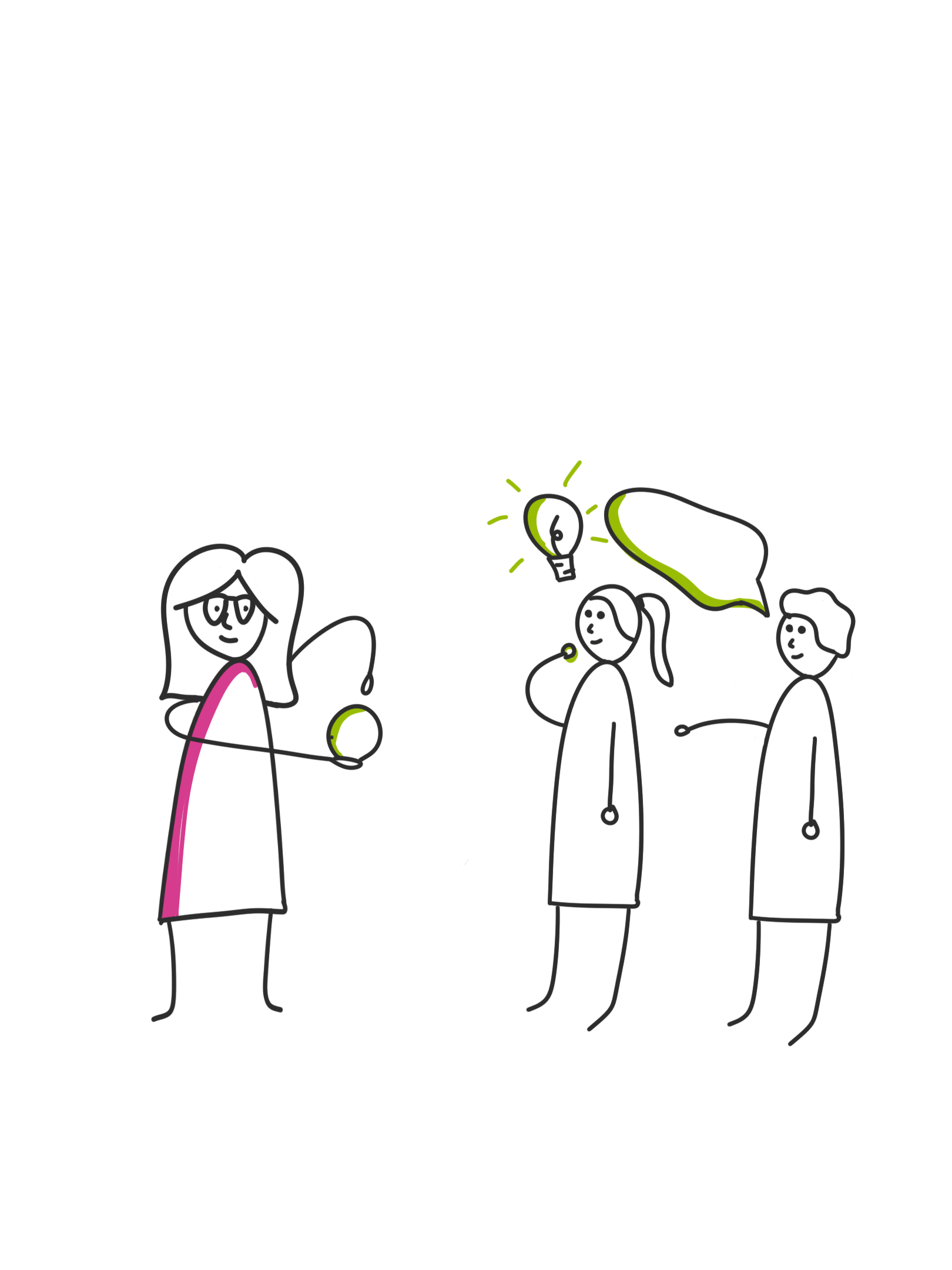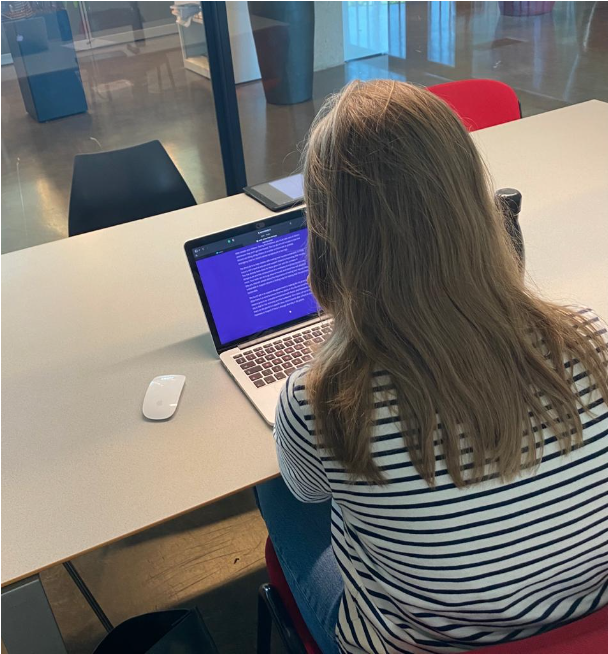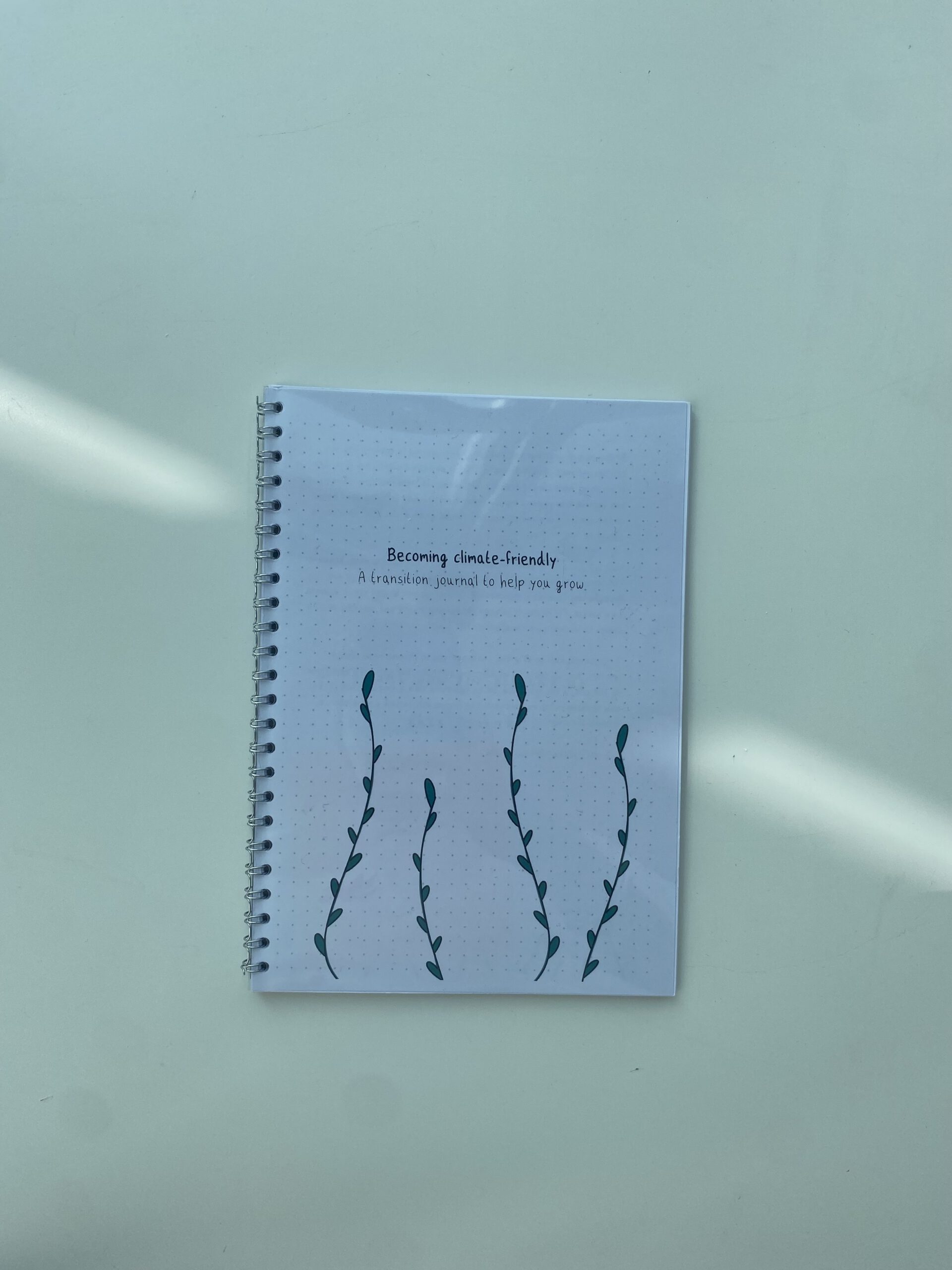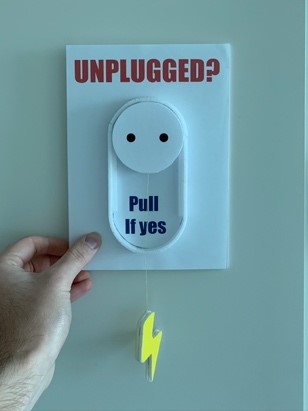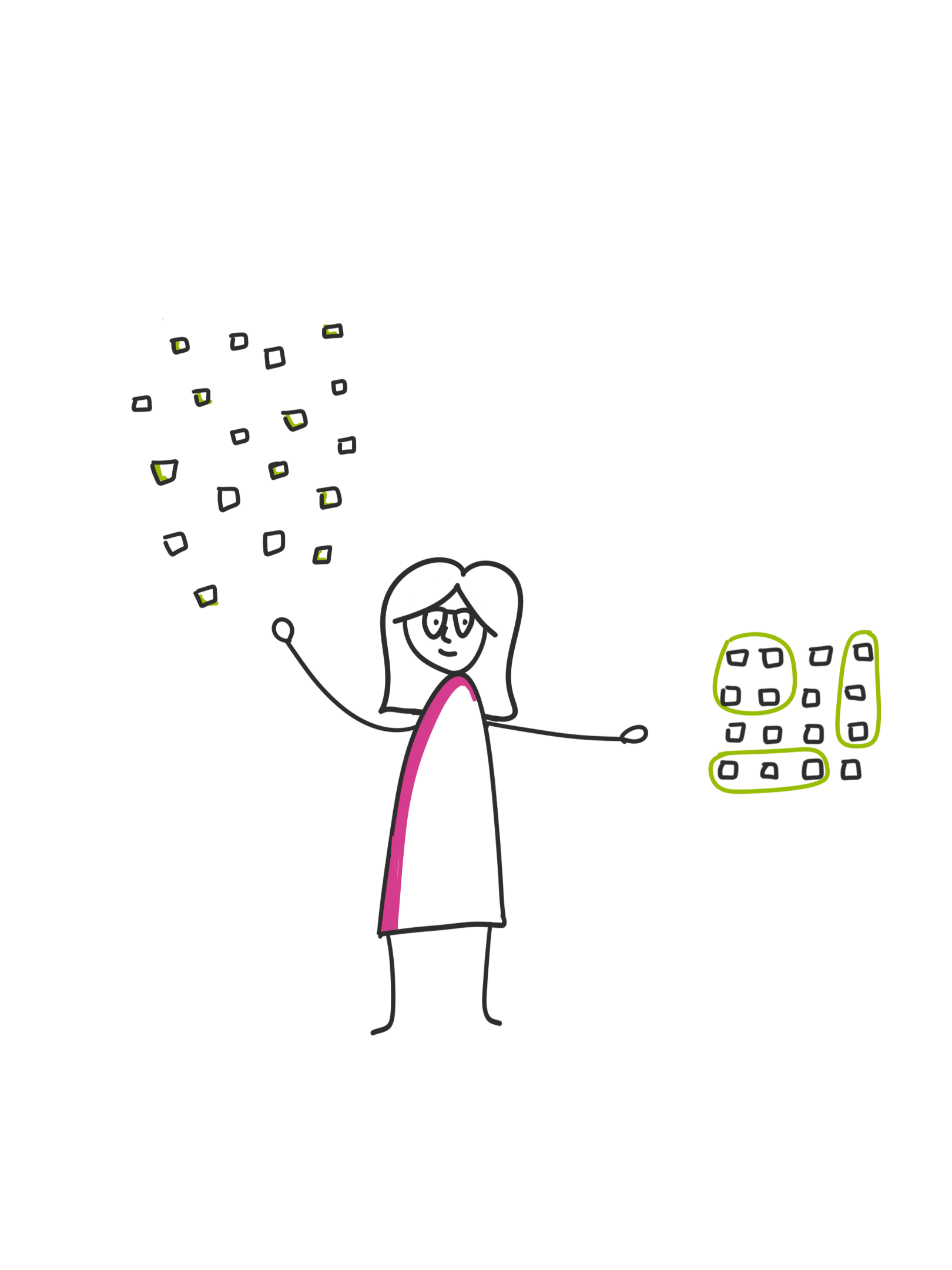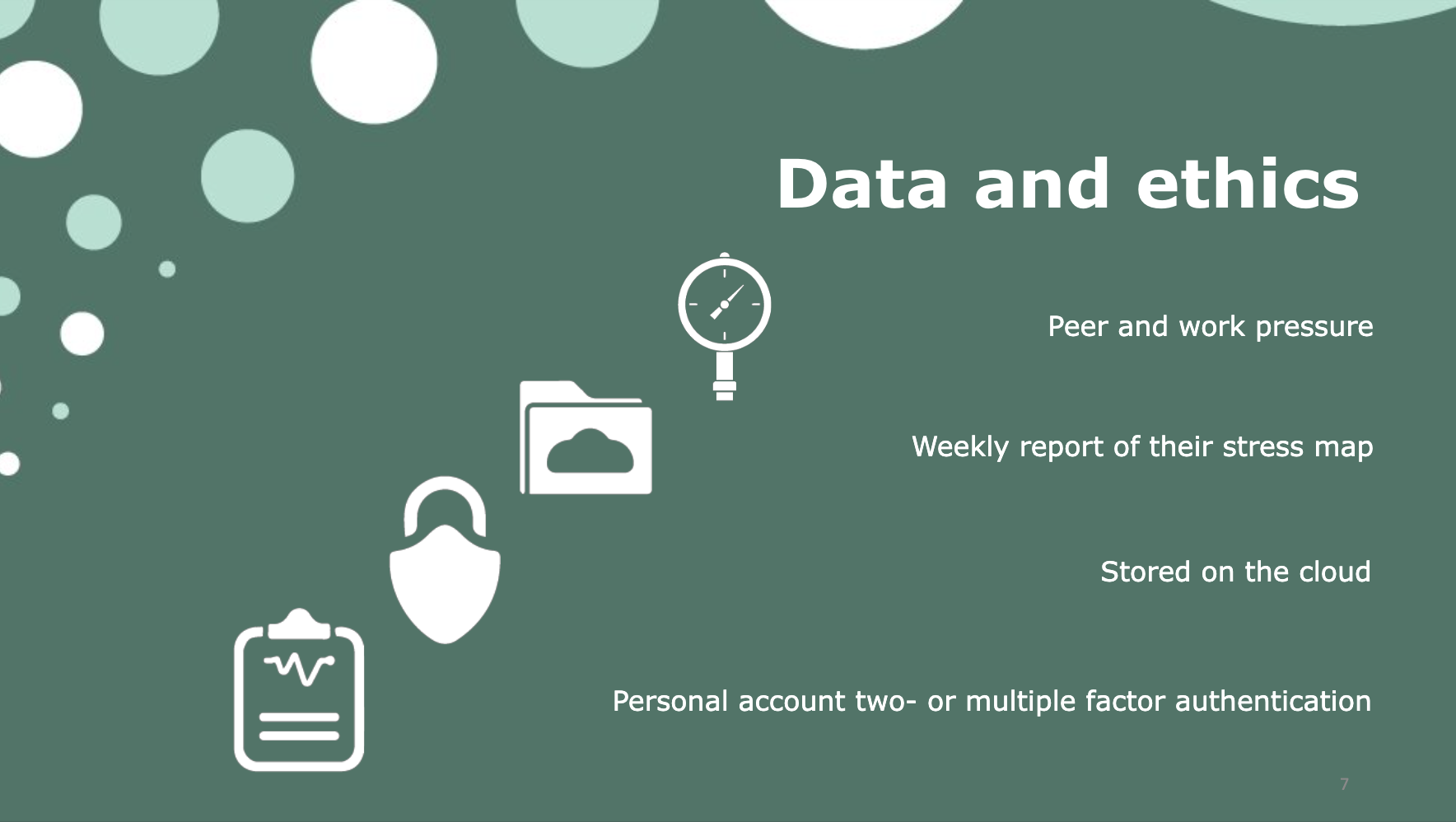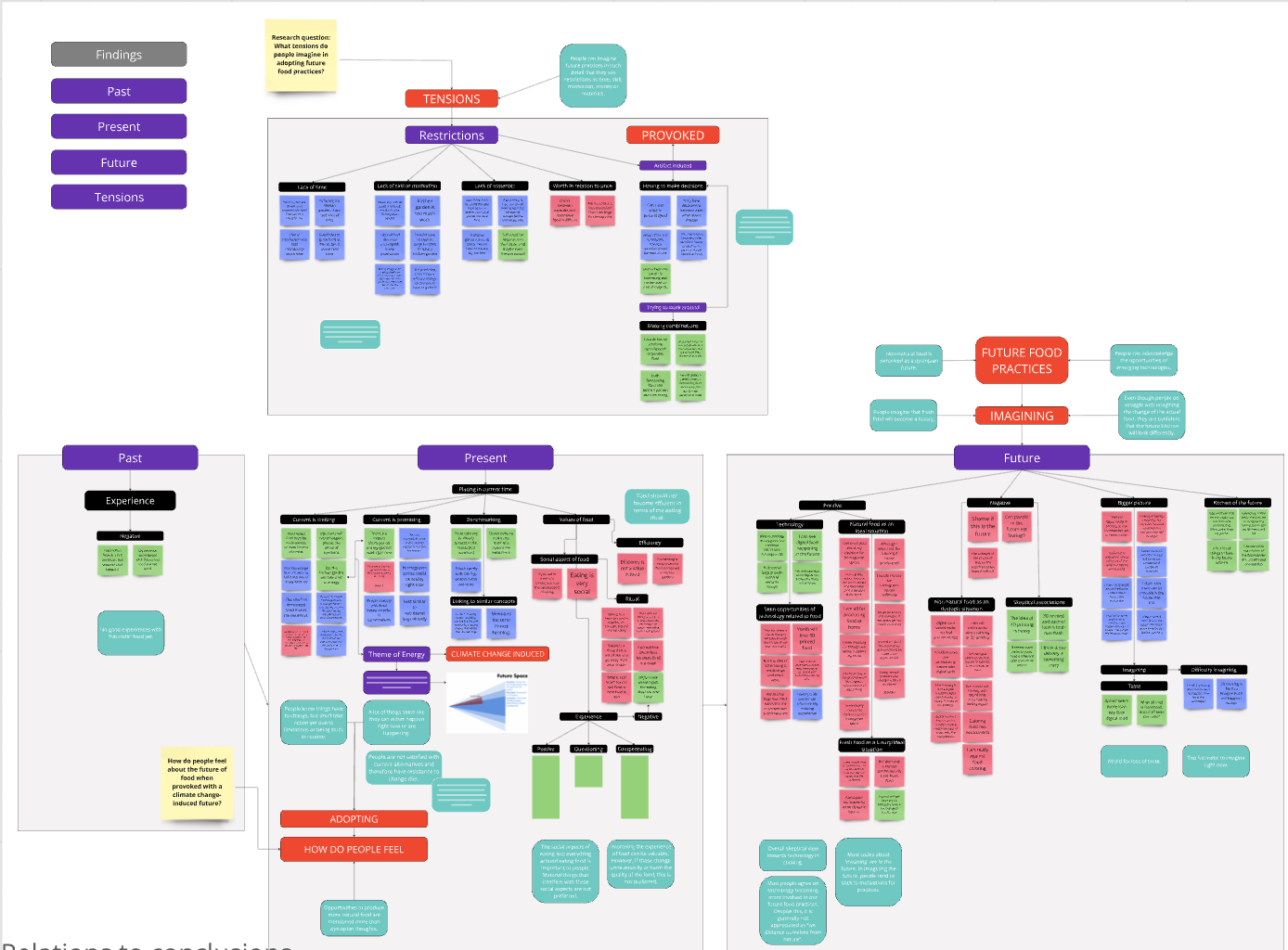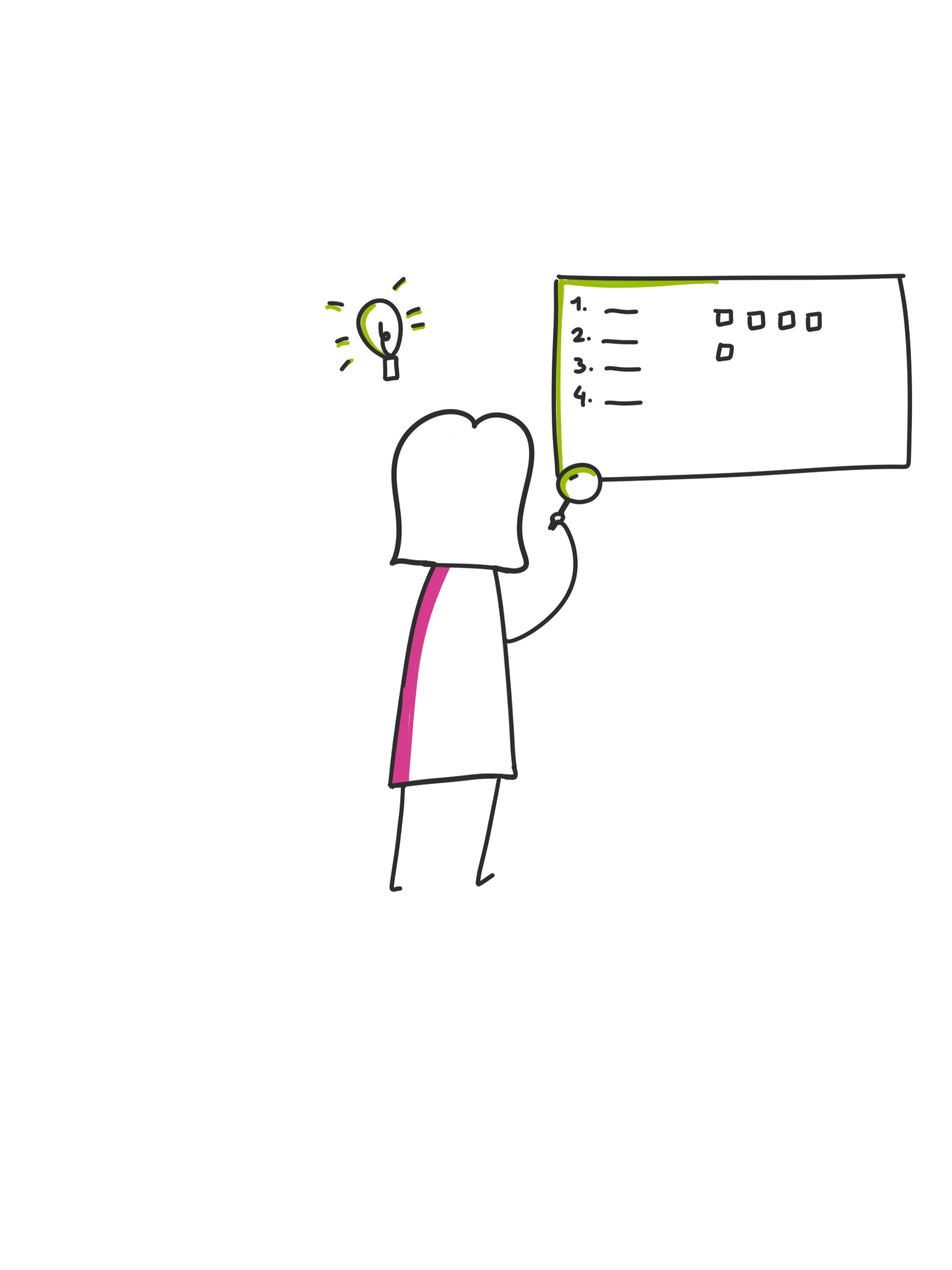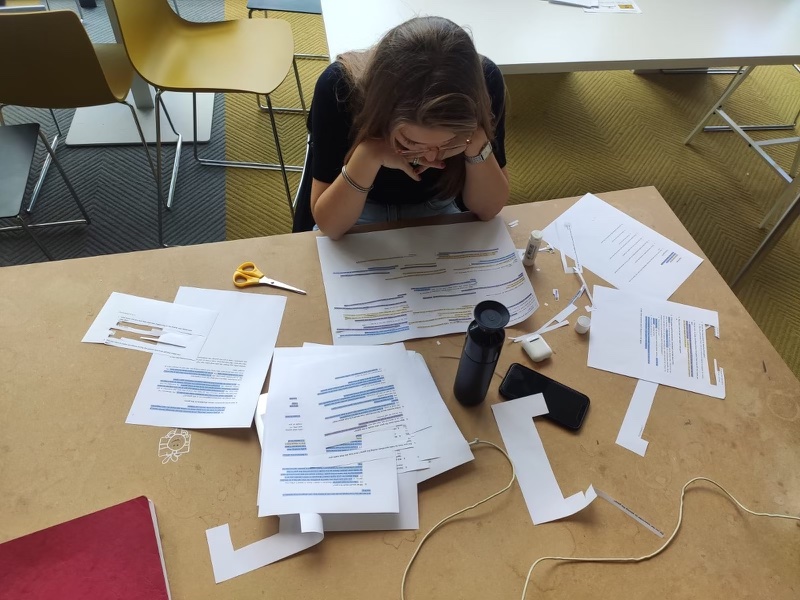Past
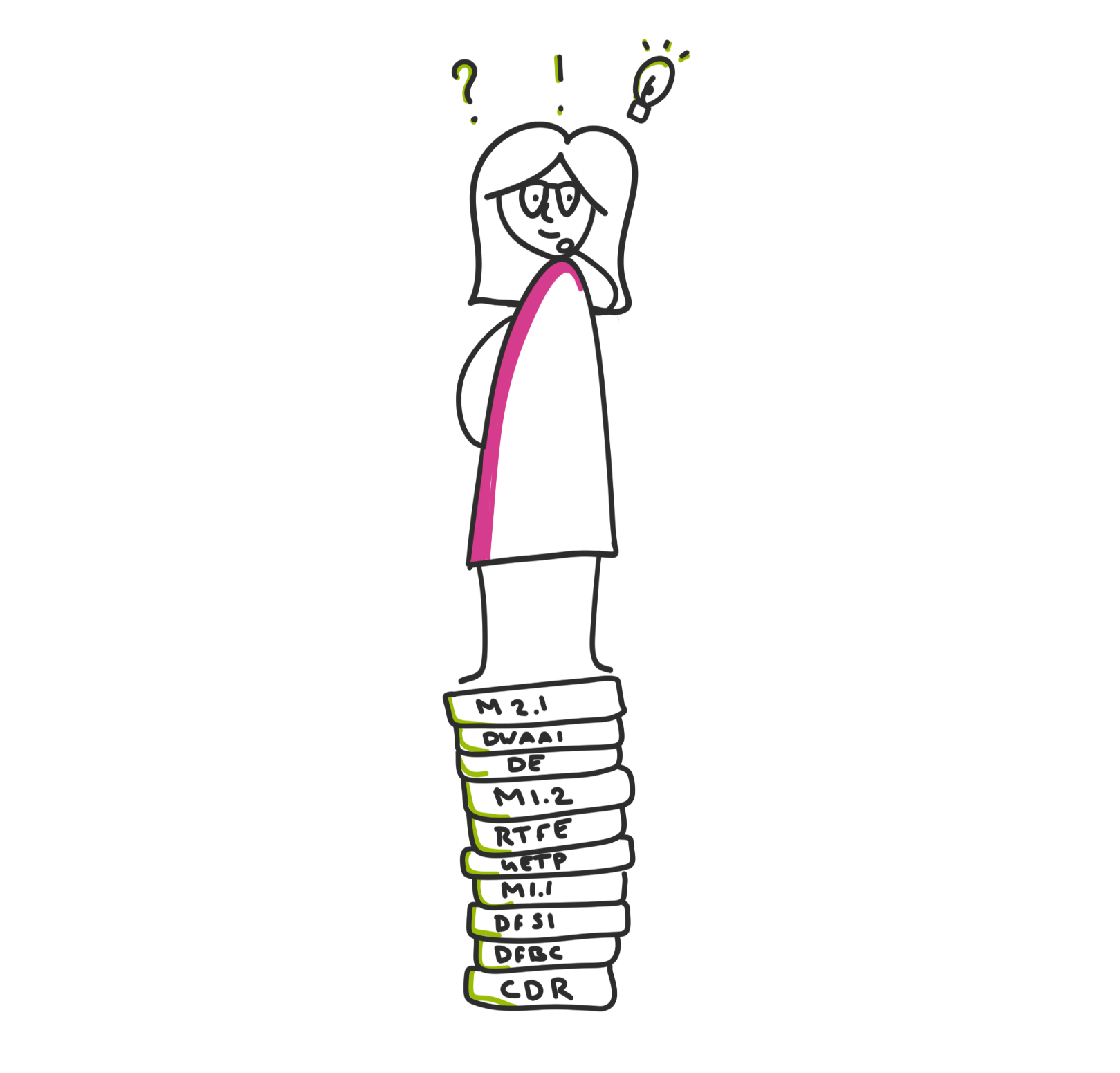
User & Society
Often conflicting with how people see climate change, for me, it is seen as motivated to change things around. Therefore, in design processes, it is crucial for me as a designer to empathise with different perspectives, be open-minded, and listen to what people are expressing. Through the course ‘User Experience Theory and Practice’, I became familiar with the methods of designing with empathy. In my M1.1 project, I developed interviewing skills to address issues carefully while gaining the insights needed for the design process. With my focus on designing for climate change, there is no way around user and society, and this is the core expertise area of all my projects. As a designer, you should be aware of your design’s impact on a user and societal level. The course ‘Design for Social Innovation’ discussed how a design is never stand-alone but a place in an ecosystem, which should be handled carefully.
Design for Behaviour Change
Design for Social Innovation
M1.1 Organizing based on trust in Dutch Youthcare
User Experience Theory and Practice
Researching the Future Everyday
M1.2. FutureNarratives
M2.1 Preparation FMP
Design for Social Innovation
M1.1 Organizing based on trust in Dutch Youthcare
User Experience Theory and Practice
M1.2. FutureNarratives
Design Entrepreneurship
M2.1 Preparation FMP
Business & Entrepreneurship
Many of my design processes have focused on creating products that fit the user and contributing to the solution of an issue and needed more focus on bringing the product to market. Through the course ‘Design Entrepreneurship’, I have strengthened my business perspective on designs and gained a better understanding of important considerations when moving a design from the ‘paper’ phase to market-ready. Additionally, in the design process, collaborating with stakeholders can deepen and improve design solutions. Especially in social design projects, solutions are often not stand-alone but approach a larger societal problem, resulting in stakeholder collaboration. With my focus on climate change, I also highly value sustainable business processes. I feel that designs should not be created to make money but should contribute to improving the world.
Creativity & Aesthetics
One challenge in designing for climate change is navigating the issue. I use my creativity to translate complex knowledge into attractive and accessible knowledge. Two examples are the stories written for the course ‘Researching the Future Everyday’ and the M2.1 research project. I developed skills in creating stories to support imagination of possible futures. In addition to creating a narrative through designs, aesthetics are crucial to making designs resonate with the target audience. Branding can change what your design communicates, which I have been able to explore through multiple courses. In the design process, this expertise area is integrated through ideation methods. When dealing with a lack of information, creative methods such as the SCAMPER method are incorporated to gather new information or ideate on potential solutions.
Constructive Design Research
Design for Behaviour Change
M1.1 Organizing based on trust in Dutch Youthcare
User Experience Theory and Practice
Researching the Future Everyday
M1.2. FutureNarratives
M2.1 Preparation FMP
Design for Behaviour Change
M1.1 Organizing based on trust in Dutch Youthcare
User Experience Theory and Practice
Researching the Future Everyday
M1.2. FutureNarratives
M2.1 Preparation FMP
Technology & Realization
As I position myself as a social designer, my skill set in this expertise area is to create minimal viable products to communicate or test a concept rather than creating technologically advanced products. Examples of these projects are a digital interactive story and creating a physical journal. Additionally, as a designer, you often work in multidisciplinary teams, which makes it crucial to be able to discuss technological advancements with experts. I am familiar with technologies and can consult with experts on how they can enrich design ideas.
Math, Data & Computing
As a designer, I know data can play many roles in design. I often use qualitative data gathered through interviews, co-creation or user-tests in my projects. I focus on finding correlations, validating assumptions and deriving conclusions for further improvements. Dealing with qualitative data is always challenging as it is dependent on interpretation. Awareness of my biases and limitations helps me critically reflect on whether the data is interpreted correctly. Next to data in the design process, we are also transforming into a data-driven society. New technologies such as artificial intelligence (AI) are increasingly integrated into products nowadays, which I have explored in the course ‘Designing with Advanced Artificial Intelligence’. As a designer, I think having an in-depth understanding of these technologies is fundamental to working with them ethically and implementing them when it can strengthen designs.
Constructive Design Research
M1.1 Organizing based on trust in Dutch Youthcare
User Experience Theory and Practice
Researching the Future Everyday
M1.2. FutureNarratives
M2.1 Preparation FMP
Constructive Design Research
M1.1 Organizing based on trust in Dutch Youthcare
User Experience Theory and Practice
Researching the Future Everyday
M1.2. FutureNarratives
M2.1 Preparation FMP
Design & Research Processes
Throughout all my projects, I always start with literature research to create a strong foundation for the topic. In my master’s, I learned several methods and design processes, creating a personal toolbox filled with methods such as co-creation and qualitative research. By having a reflective mindset during the process, I learned to be critical of how to shape my next step and evaluate the benefits of the process. For the design process, a reflective attitude is integrated. At the same time, the double diamond model is used to structure the process, decide between converging and diverging, and communicate the process to stakeholders.
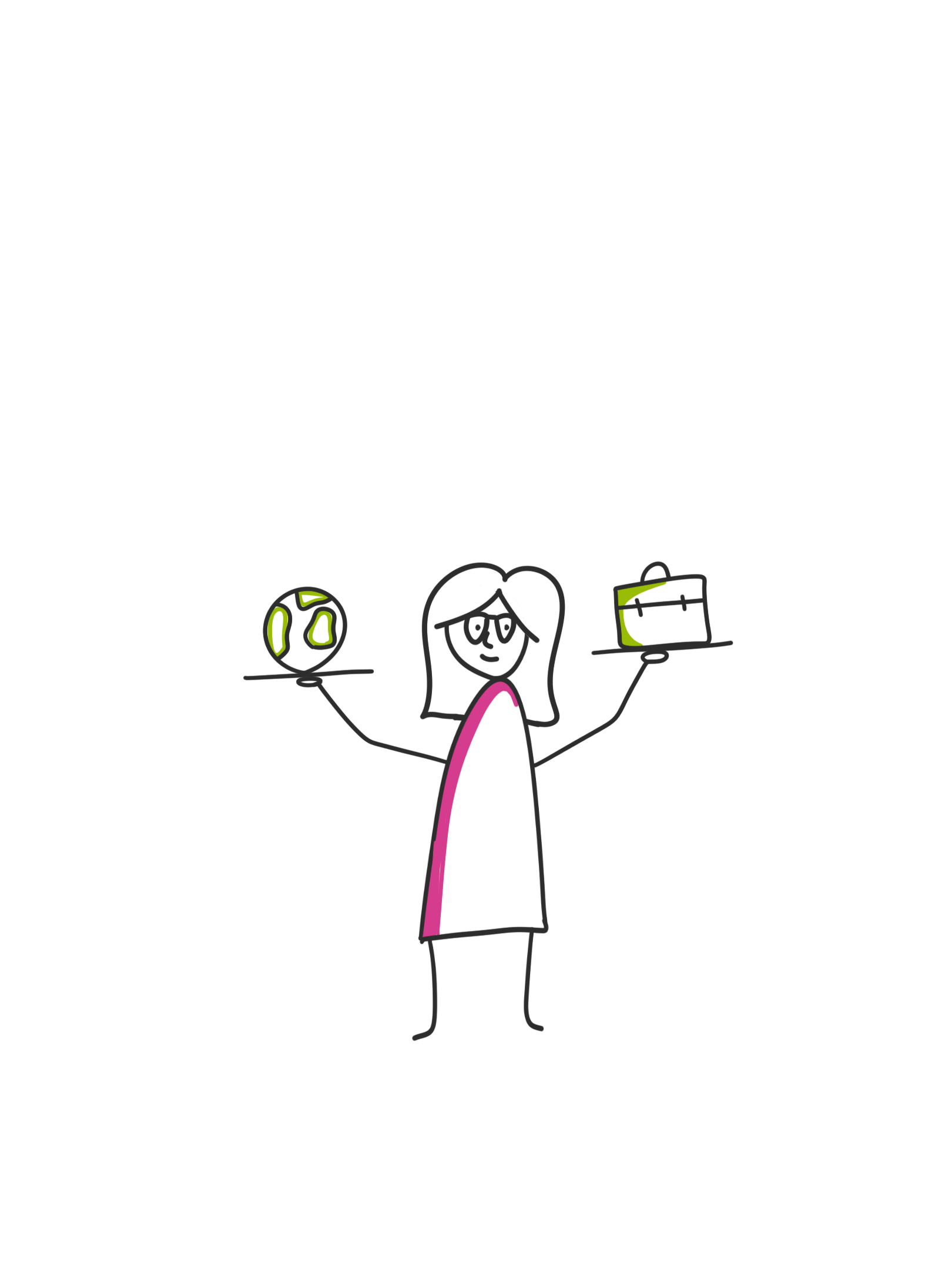
Track: Design Leadership & Entrepreneurship
Throughout the end of my bachelor’s degree, I have struggled with collaborating with companies that focus on designing for climate change. Often, the companies I came across were focused on circularity or speculative design, where I felt a gap in designing for behaviour change to counteract climate change. Therefore, I chose to specialize in the ‘Design Leadership & Entrepreneurship’ master track to deepen my skills and create designs that can impact my focus area.
Design for Social Innovation
Design Entrepreneurship
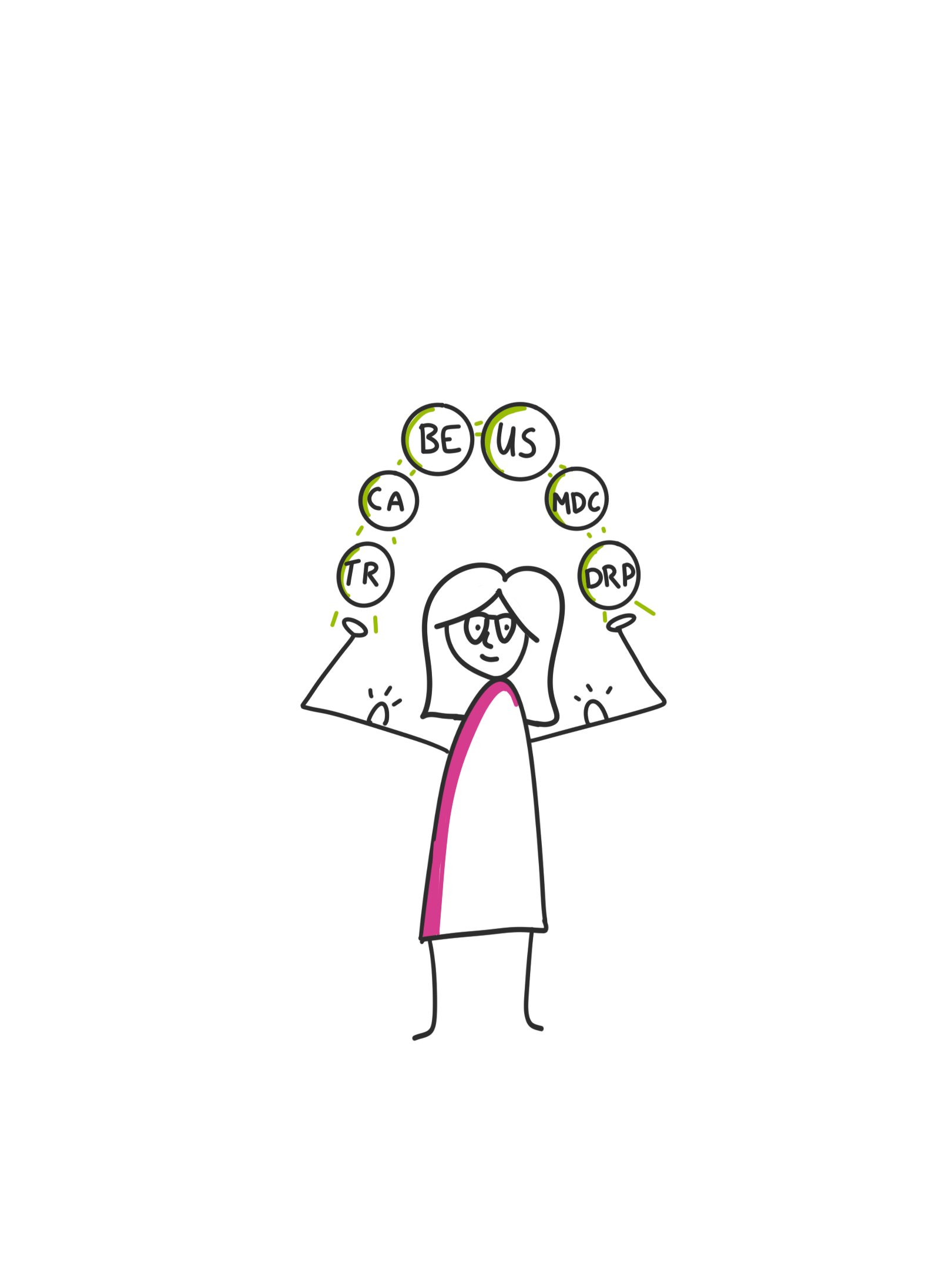
Overall development
Even though the expertise areas are discussed individually in previous sections, they are interconnected through the design process. Through projects and courses, I have experienced that sometimes they are used in isolation, for example, in a thematic analysis. Still, sometimes they are used simultaneously and strengthen each other; for example, I create exercises for a co-creation where I use CA for strategies to engage the user and US to create an open and empathic atmosphere. US and BE are my primary expertise, and they support my design process in developing socially relevant projects that can make an impact and be brought to market.
